Chinese Panda Coin Guide
23/05/2024Daniel Fisher
Free & fully insured UK Delivery. Learn more
Secure & flexible payments. Learn more

Buyback Guarantee Learn more
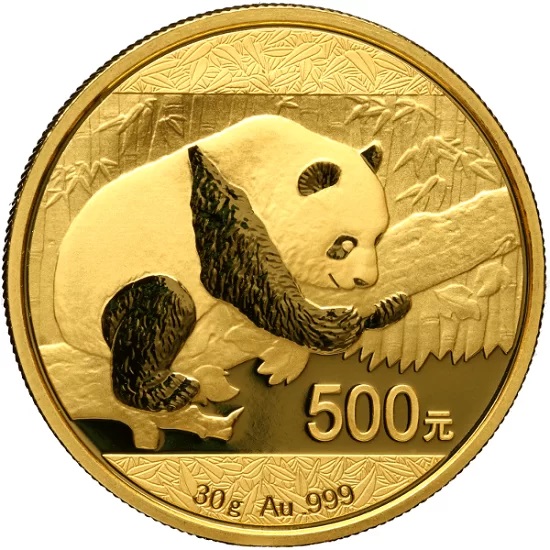
Chinese Panda Coins are renowned for their unique design and high purity, making them a favourite among collectors and investors worldwide.
Since their first release in 1982, these coins have captivated enthusiasts with their annually changing panda designs, reflecting both artistic beauty and cultural significance.
Whether you are a seasoned numismatist or a new collector, this guide will provide you with essential information about Chinese Panda Coins, helping you appreciate their value and potential.
While the Panda coins were released later than some other well-known bullion coins such as the Krugerrand, its appeal, design, and audience have evolved significantly during its modest existence.
The Chinese Panda Coin series began in 1982 with the introduction of the gold Panda coin. These coins featured a design that showcased China’s iconic giant panda, making them immediately popular among collectors. The first edition was available in four different weights: 1 oz, 1/2 oz, 1/4 oz, and 1/10 oz, each made of .999 fine gold. This inaugural release set the standard for the series, combining intricate designs with high-quality craftsmanship.
The Chinese Panda Coins are minted by the People’s Republic of China, specifically by the China Gold Coin Corporation (CGCC) and various mints under its jurisdiction, including the Shenzhen Guobao Mint, the Shanghai Mint, and the Shenyang Mint.
The introduction of the Panda Coin series aimed to establish China as a significant player in the global precious metals market. The series showcases China’s growing capabilities in producing high-quality, intricate coinage and helps promote Chinese culture and wildlife conservation.
By featuring the giant panda, an animal native to China and an international symbol of wildlife conservation, the coins were designed to appeal not only to collectors but also to investors and those interested in environmental causes. The combination of high craftsmanship, cultural significance, and a focus on conservation helped the series gain worldwide recognition and popularity.

Since the initial release, Chinese Panda Coins have evolved significantly. In 1983, the series expanded to include silver Panda coins and a 1/20 oz gold coin, further broadening their appeal. Each year, the design on the reverse side of the coin changes, featuring different depictions of pandas, which adds to their collectability.
Over the decades, the coins have also seen changes in specifications and additional editions, such as bi-metallic and platinum versions, reflecting advancements in minting technology and increasing demand from collectors around the world.
One of the most significant updates to the series came in 2016, when all coins switched to a metric weight system. No other global bullion coin is issued in metric weights, ensuring the Panda coin holds contemporary appeal with younger enthusiasts who have grown up with metric measurements. Competing coins from other countries are still minted in troy ounce denominations, which mis-aligns with the predominantly metric issue of gold bars.
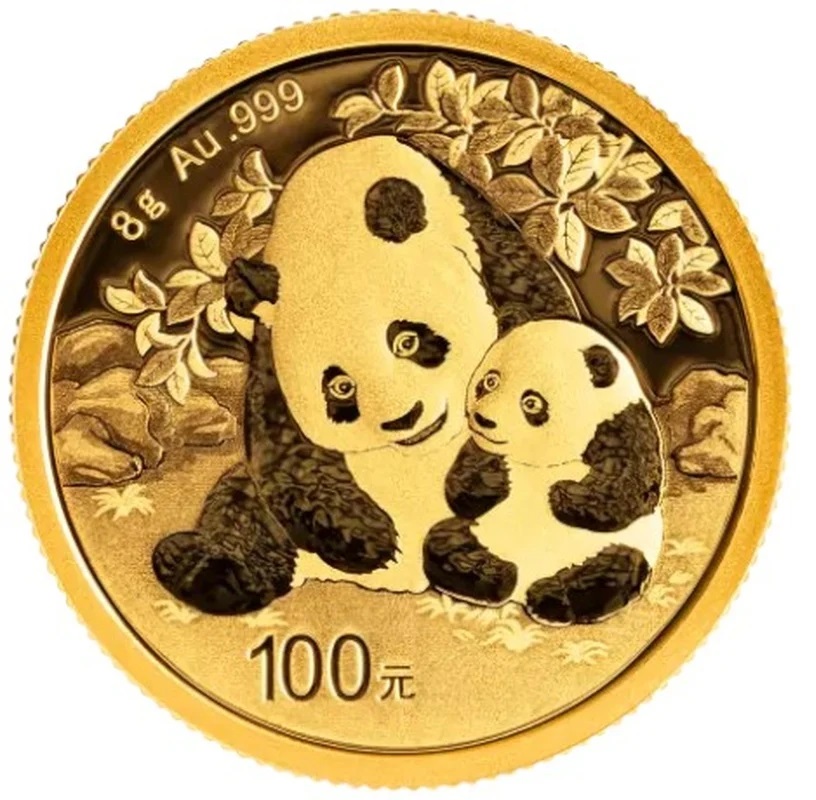
One of the most distinctive features of Chinese Panda Coins is the annual change in their design. Each year, the reverse side of the coin showcases a new depiction of the giant panda, which keeps collectors eagerly anticipating the next release.
No other major bullion coin updates the design of its main protagonist annually, making the Chinese Panda coins unique amongst its peers.
The designs range from single pandas in various poses to multiple pandas interacting with their natural habitat. This tradition of changing designs not only highlights the artistic talent involved but also ensures that each year’s coins are unique and highly collectible.
Over the years, the Chinese Panda Coin series has introduced several notable editions and variations. For example, in 2001 and 2002, the design was the same, breaking the tradition of annual changes. Additionally, there have been special commemorative editions, such as those celebrating the 30th anniversary of the series in 2012. The series has also included coins made from different materials, like platinum and palladium, as well as bi-metallic coins. These variations add depth and diversity to the Panda Coin series, appealing to a wide range of collectors and investors.
Free ultimate guide for keen precious metals investor
While weights, purities, and variety are important factors in every bullion coin’s success, it is always the choice and artistic execution of the aesthetics design which is most crucial. The Chinese Panda coins manage to deliver this priority in abundance.
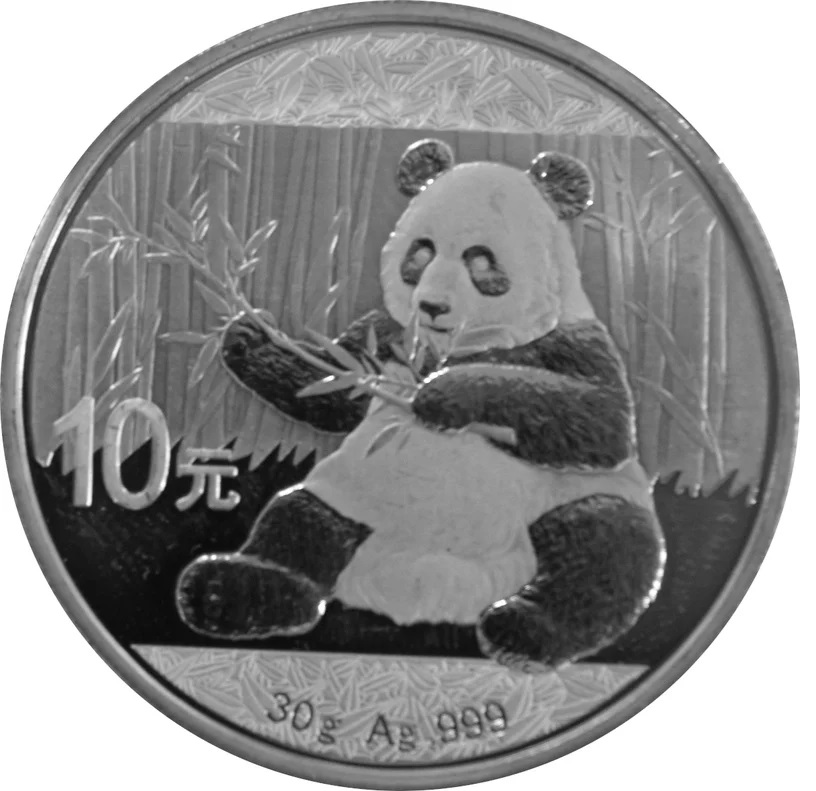
Certainly, the star of the show is iconic panda design on the reverse of every coin. Each issue features a depiction of the giant panda, a symbol of China’s wildlife conservation efforts. The panda designs are crafted with great detail and artistry, making these coins stand out in the world of numismatics. This focus on the panda has helped the series gain international recognition and popularity.
A unique aspect of Chinese Panda Coins is the annual change in their design. Every year, the reverse side of the coin displays a new image of the panda, capturing different poses and scenes. This tradition keeps the series fresh and exciting for collectors, as each year brings a new artistic interpretation of the beloved panda.
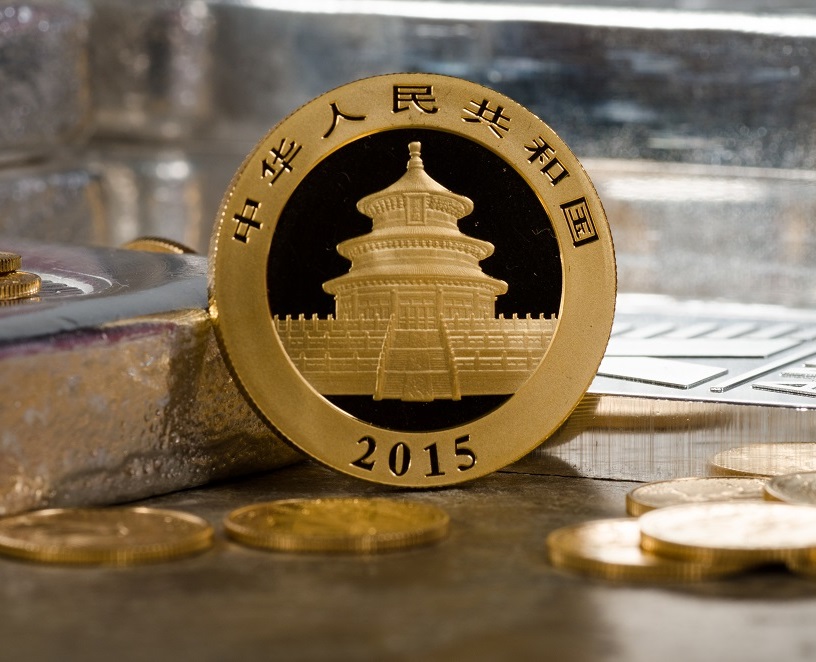
The obverse design of Chinese Panda Coins typically features the Temple of Heaven, an iconic landmark in Beijing, China. This side of the coin remains consistent year to year, providing a stable element that contrasts with the annually changing panda designs on the reverse. The image of the Hall of Prayer for Good Harvests, the temple’s main building, symbolizes the rich history and cultural heritage of China.
Surrounding the temple, the obverse side also includes the country’s name in Chinese characters and the year of issue. This consistent and meaningful design element adds to the coin’s significance and appeal.
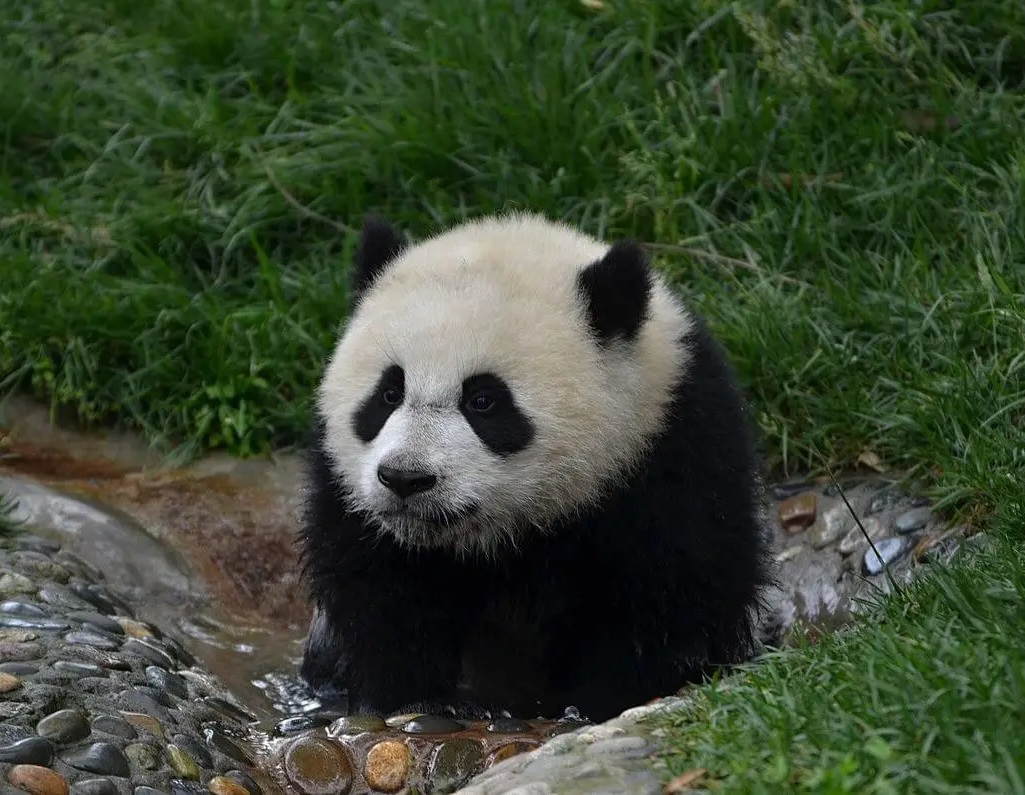
Using the Panda as the focus of these popular coins is a smart choice. The wild Panda is exclusive to the southwest mountain ranges of China and do not inhabit any other nation on earth, ensuring their synonymity with the country. Typically, they’re also a widely loved creature, with their appeal stemming from both the animal’s cute aesthetics and endangered status.
The designs of Chinese Panda Coins also go beyond mere aesthetics; they carry artistic and cultural significance. Each depiction of the panda reflects the beauty and tranquillity of this endangered species, raising awareness about wildlife conservation. The artistry involved in creating these coins also showcases the skill and creativity of Chinese minting, making them not just currency but pieces of art that honour Chinese culture and heritage.
Chinese Panda Coins come in various weights to cater to different preferences among collectors and investors. The most common weights are 30 grams, 15g, 8g, 3g, and 1g for gold coins. Silver Panda Coins are only available in 30 grams size. All Panda Coins are known for their high purity, with gold coins being .999 fine gold and silver coins being .999 fine silver. This high level of purity ensures the coins’ intrinsic value and appeal.
The change from Troy ounces to Metric grams happened in 2016. Due to the different weight basis of each system, the equivalent metric Panda coins are now slightly smaller than their imperial measured predecessors as their weight was rounded down to the nearest desired number for simplicity. For instance, the original Troy ounce coin contained 31.103 grams of precious metal, while its metric replacement has just 30g.
Chinese Panda Coins have specific face values assigned to each denomination, and they are considered legal tender in China. The gold coins are available in various weights with corresponding face values: the 30g gold coin has a face value of 500 yuan, the 15g gold coin is valued at 200 yuan, the 8g gold coin carries a face value of 100 yuan, the 3g gold coin is valued at 50 yuan, and the 1g gold coin has a face value of 10 yuan. The 30g silver coin, on the other hand, has a face value of 10 yuan.
Despite their status as legal tender, the actual market value of these coins far exceeds their face value due to their gold and silver content and collectible appeal.
In addition to the standard annual releases, the Panda Coin series occasionally includes special editions and commemorative releases. These can feature unique designs, different metals, or larger sizes to mark significant anniversaries or events. For example, the 30th anniversary of the Panda Coin series in 2012 included special commemorative coins with unique design elements. These special editions are often produced in limited quantities, making them highly sought after by collectors.
Check out what your coins could be worth
Investing in Chinese Panda Coins can be a profitable venture, as these coins have shown significant value appreciation over time. Market trends indicate that Panda Coins, particularly older and rarer editions, often increase in value due to their limited mintage and unique designs. The annual design changes also create a consistent demand among collectors, further driving up prices. Monitoring market trends and staying informed about the coin’s performance can help investors make strategic decisions.

Several factors influence the values of Chinese Panda Coins, but the two most significant are the underlying precious metal price and the type of Panda coin.
The precious metal content (gold or silver) plays the most crucial role in the success of your investment. The intrinsic value of the gold or silver content in your Panda coin constitutes the majority of the coin’s overall worth. With gold and silver prices fluctuating based on global metal market trends, it’s crucial to research and understand the factors which influence precious metals prices. Historically, the biggest drivers of gold prices have been macroeconomic factors such as inflation and recession, or geopolitical influences such as wars.
The next most significant influence on the possible appreciation of your Panda coins is the exact type and condition of the coin. Panda gold and silver coins possibly benefit more than any other global bullion coin from their collectability. So specific coin details can have a greater impact on your investment than with alternative world coins.
Factors such as the coin’s age, rarity, condition, and design can make or break your investment returns. Coins from the early years of the series or those with lower mintage numbers tend to be more valuable, as so Panda coins which have been graded. However, paying a large premium for Panda coins which are graded, limited in mintage, or rare, may in fact reduce your investment return. Paying a full ‘collectible premium’ for the coins doesn’t guarantee receiving the same or higher premium upon sale.
We usually recommend that investors buy non-graded Panda coins at far lower premiums. This is a lower risk investment strategy based on the value increasing over time in line with the metal price. If that particular Panda coin also becomes rare or collectible, then you’ll also receive a higher premium.
Discover the 12 rarest British coins.
When investing in Chinese Panda Coins, it’s important to develop a strategy that aligns with your financial goals.
Short-term investors might focus on exactly the best time to buy gold, hoping they can time the market perfectly. But this usually requires a great deal or luck and risk. A short-term investment strategy in Chinese Panda coins may involve buying newly minted coins and selling them once their market value rises. This approach requires staying updated on annual releases and market demands.
Long-term investments focus on holding coins for several years, aiming to benefit from the appreciation of gold or silver over an extended time period. Long-term investors may benefit from acquiring older, rarer coins that have more chance of appreciating over time. But be aware, that rarer coins may take longer to sell at the price you want than more standard coins, which benefit from a larger market.
Each strategy has its own set of risks and rewards, and investors should choose based on their financial goals and market insights. Most UK based investors prefer to focus on the Gold Britannia and Sovereign coins as they have the added benefit of being Capital Gains Tax-free.
Diversification is a key principle in investing, and it applies to Chinese Panda Coins as well. By including a variety of coins—different years, weights, and special editions—investors can spread their risk and increase the potential for higher returns. Creating balance with different global coins can also be a wise tactic. Coins such as the American Eagle and Canadian Maple Leaf are particularly popular in North America.
Diversifying also allows investors to tap into different segments of the market, such as those driven by collectors versus those driven by the intrinsic value of the metals. This balanced approach can help create a robust investment portfolio.
Our automated portfolio builder will provide suggestions based on various investment objectives
Chinese Panda Coins are popular among collectors for several reasons. Their annual design changes make each year’s release unique and highly collectible. The high purity of the gold and silver used ensures lasting value, while the intricate designs and cultural significance of the panda enhance their aesthetic appeal. Additionally, the coins’ status as legal tender in China adds to their legitimacy and desirability.
Starting a collection of Chinese Panda Coins involves a few key steps. First, research and familiarize yourself with the different designs, weights, and editions available.
One area where Panda Coins differ to other bullion coins is that they don’t contain any mintmarks to show the place where they have been produced. Pandas are produced in a number of different Chinese mints including Beijing, Shanghai, and Shenyang. In order to determine the mint, you need to take a careful look at variations between coins such as the colour of the metal or subtle design differences.
When purchasing Chinese Panda Coins, it’s important to buy from reputable dealers to avoid counterfeits. Look for authorized dealers, both online and in physical stores, who have a proven track record and positive reviews. Dealers affiliated with recognized numismatic organizations like the BNTA or LBMA or those who offer certification from respected grading services like the Numismatic Guaranty Corporation (NGC) or Professional Coin Grading Service (PCGS) are generally trustworthy.
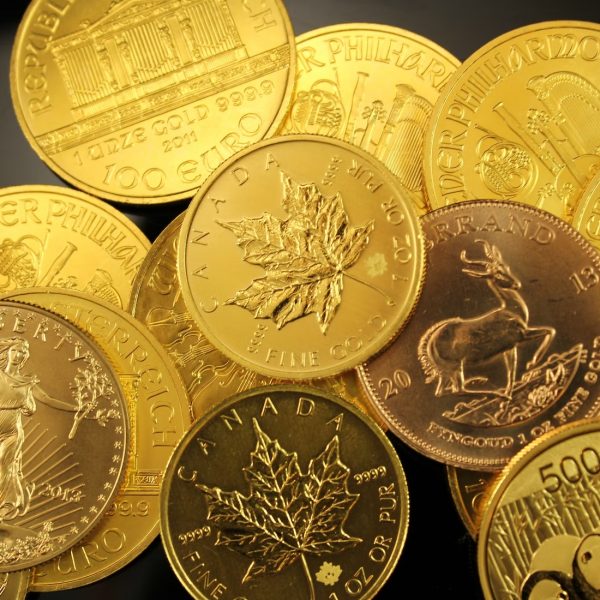
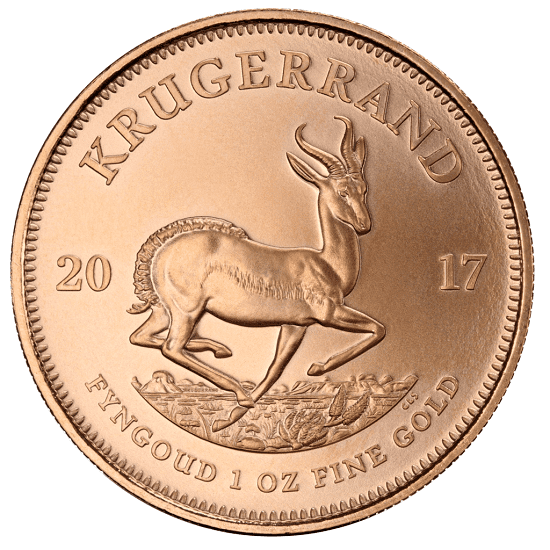
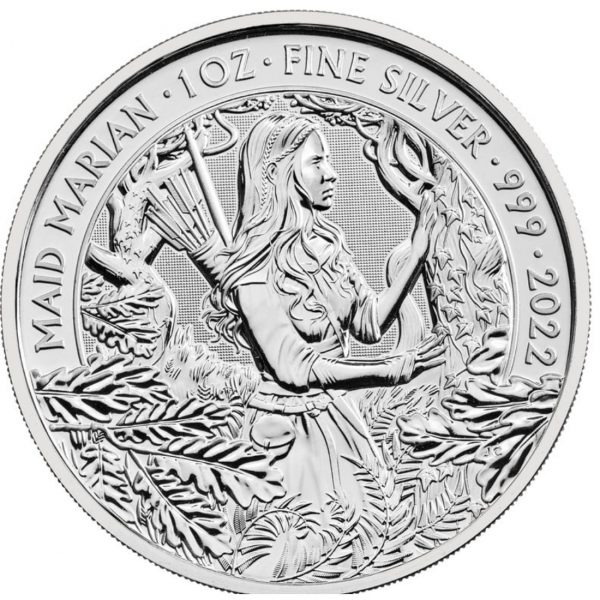
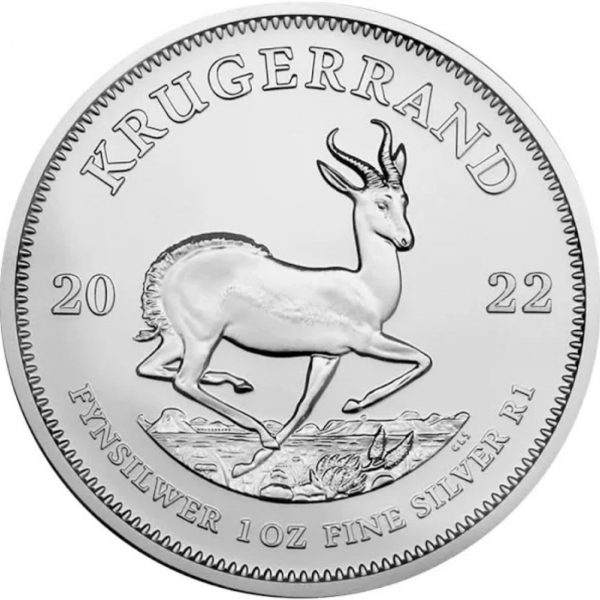
Chinese Panda Coins are bullion coins issued by the People’s Republic of China. They feature annually changing designs of the giant panda, making them popular among collectors and investors. These coins are made from high-purity gold and silver.
The designs change annually to maintain interest and excitement among collectors. Each year features a new depiction of the panda, adding to the uniqueness and collectability of the series.
Yes, Chinese Panda Coins are legal tender in China. They have face values denominated in yuan, although their market value is typically much higher due to their gold or silver content and collectible nature.
To ensure authenticity, buy from reputable dealers and look for certification from recognized grading services like NGC or PCGS. Be wary of deals that seem too good to be true and educate yourself on the visual and physical characteristics of genuine coins.
Chinese Panda Coins are considered a good investment due to their high purity, limited mintage, and unique designs that change annually. They have shown significant value appreciation over time, making them attractive to both collectors and investors.
Image Credits: Animalia, Mining.com
Live Gold Spot Price in Sterling. Gold is one of the densest of all metals. It is a good conductor of heat and electricity. It is also soft and the most malleable and ductile of the elements; an ounce (31.1 grams; gold is weighed in troy ounces) can be beaten out to 187 square feet (about 17 square metres) in extremely thin sheets called gold leaf.
Live Silver Spot Price in Sterling. Silver (Ag), chemical element, a white lustrous metal valued for its decorative beauty and electrical conductivity. Silver is located in Group 11 (Ib) and Period 5 of the periodic table, between copper (Period 4) and gold (Period 6), and its physical and chemical properties are intermediate between those two metals.